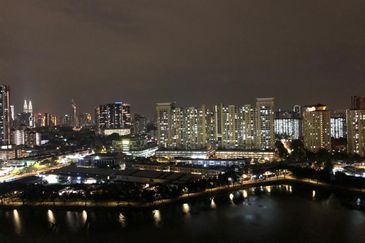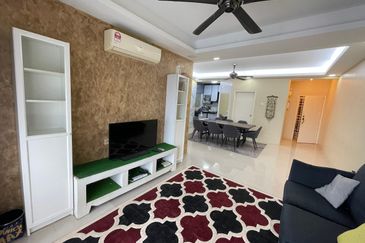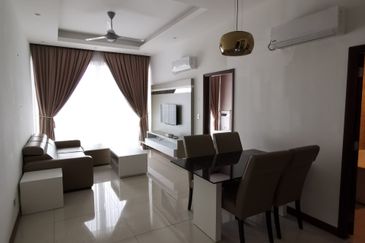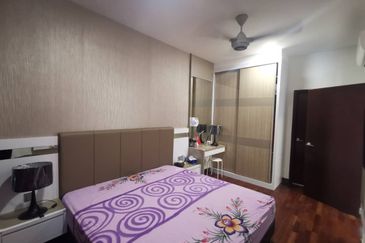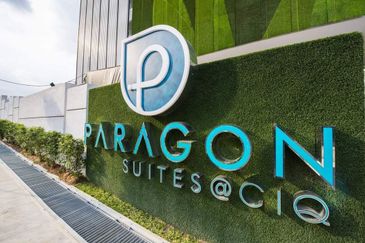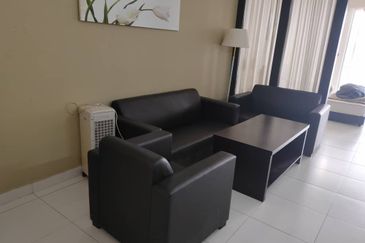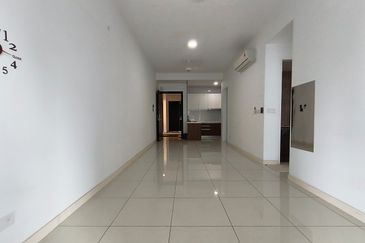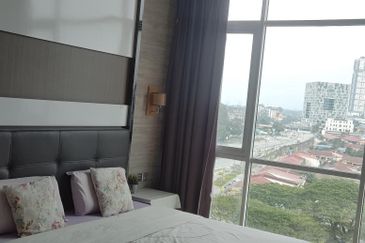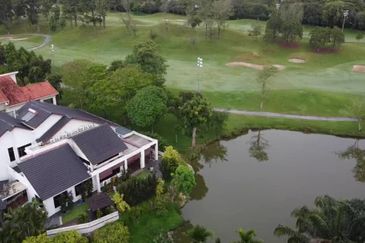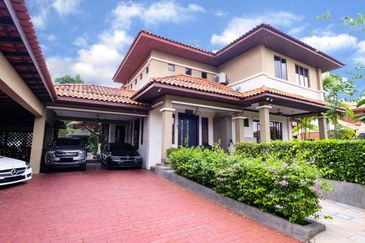PETALING JAYA (Aug 3): KPJ Healthcare Bhd’s recent buying spree of hospitals in Malaysia and Indonesia has sparked speculation on whether the group will inject more of its hospitals into Al-Aqar Healthcare real estate investment trust (REIT), in which it owns 49%.
Two days ago, KPJ proposed the acquisition of the remaining 49% stake in SMC Healthcare Sdn Bhd, the owner of Sabah Medical Centre (SMC) in Kota Kinabalu, for RM54.88 million. This was in addition to RM85 million worth of purchases announced by KPJ from the start of the year.
These range from PT Khidmat Perawatan Jasa Medika (KPJ Medika), which owns a number of hospitals in Jakarta, and some commercial buildings and properties in Malaysia. According to analysts, acquiring healthcare assets and later injecting them into Al-Aqar REIT has been part of KPJ’s expansion plan that emphasises an asset-light business model.
KPJ leases the premises after injecting the assets into the REIT, thereby freeing up its balance sheet for more acquisitions. “So far, KPJ has been doing so.
However, it might only inject the [newly acquired] hospitals into Al-Aqar REIT after it has accumulated a sizable pool of assets,” Yeak Chee Keong, an analyst with Maybank-Kim Eng in Singapore, told The Edge Financial Daily over the telephone.
The probable injection of SMC’s hospital into Al-Aqar REIT will not happen so soon. “SMC is currently constructing a new hospital building, which is expected to be completed by the third quarter of this year. Most probably KPJ will inject the asset into Al-Aqar REIT once the new hospital is up and running,” said an analyst with RHB Research Institute.
Yeak said there should be no problem for KPJ to splurge on acquisitions because its operating cash flow is strong, and by injecting the assets into Al-Aqar REIT KPJ could recycle its capital for further expansion.
The analyst at RHB Research said by injecting its assets into Al-Aqar REIT, KPJ could lighten its balance sheet and improve its return on equity (ROE) ratio. However, the analyst noted that when a new hospital starts operations, it needs a gestation period before it reaches the kind of occupational level which renders it profitable.
“But SMC is not entirely a new hospital. It has been operating at the government hospital in Kota Kinabalu all these years, and when the new hospital building is completed it will only need to move its operation into the new base,” said the analyst.
On whether the new hospital building in Sabah will force KPJ to increase hospitalisation rates and other charges at SMC, the analyst said he believes the company has already enjoyed high rates in Sabah and Sarawak as there are fewer private hospitals there than in Peninsular Malaysia.
According to RHB, there are only 12.9 beds per 10,000 population in Sabah, compared with the national average of 13.3 beds. This presents ample opportunity for KPJ to grow its market share in the state.
This notion is further supported by the fact that KPJ enjoys almost a monopoly in the private healthcare sector in Sabah, operating approximately 94% of the private hospital beds in the state.
“It will continue to enjoy this monopoly until at least 2015, when Gleneagles Kota Kinabalu is expected to commence operations. Kota Kinabalu, as one of the most popular tourist destinations in Malaysia, is primed for growth in the medical tourism industry, which bodes well for SMC,” noted Public Investment Bank.
KPJ Healthcare’s share price has been on an uptrend this year, appreciating by 33.84% to yesterday’s closing price of RM6.20 per share from RM4.64 per share on Jan 3.
This article appeared in The Edge Financial Daily on Aug 3, 2012.
TOP PICKS BY EDGEPROP

D'Ambience Residences (Ikatan Flora), Bandar Baru Permas Jaya
Permas Jaya/Senibong, Johor
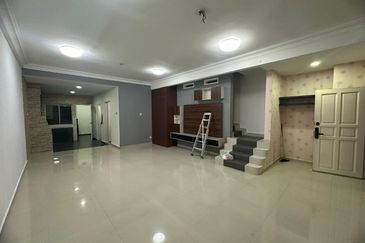
Jalan Ceria 15
Iskandar Puteri (Nusajaya), Johor
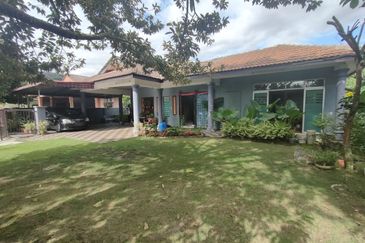
Taman Tasik Semenyih (Lake Residence)
Semenyih, Selangor

Suadamai, Bandar Tun Hussein Onn
Cheras, Selangor

Suadamai, Bandar Tun Hussein Onn
Cheras, Selangor
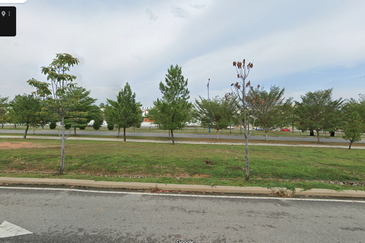
Sendayan Tech Valley Industrial Park
Siliau, Negeri Sembilan

